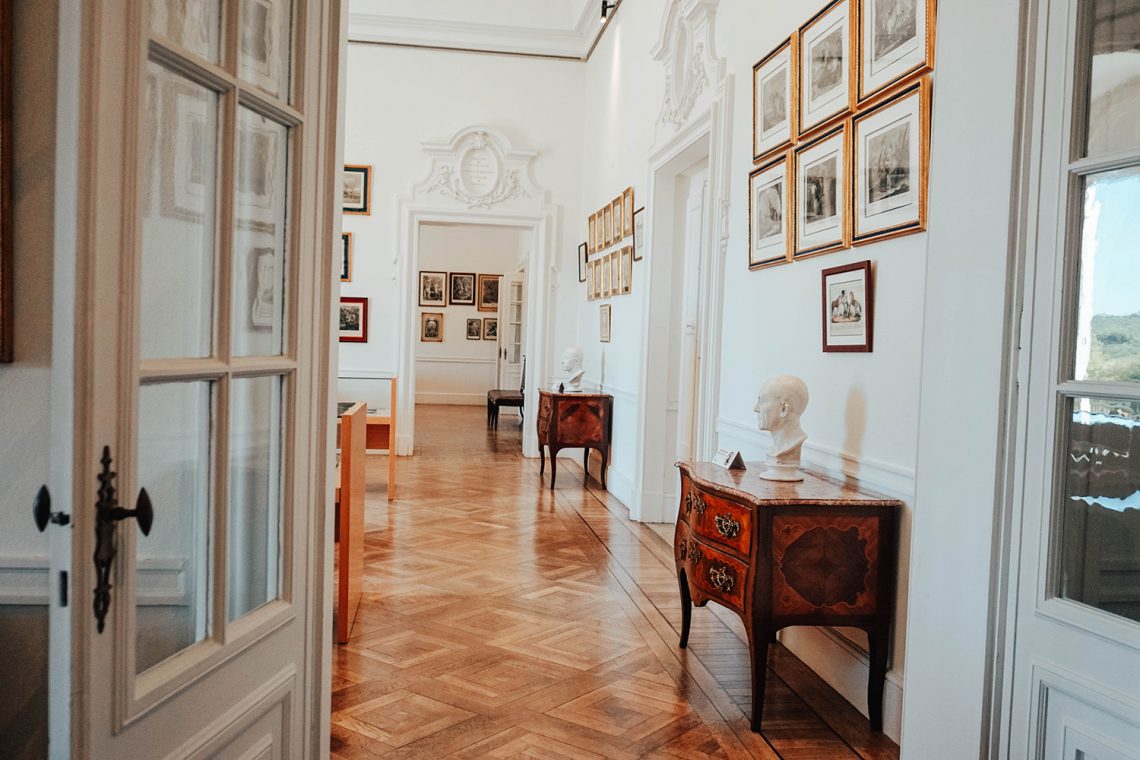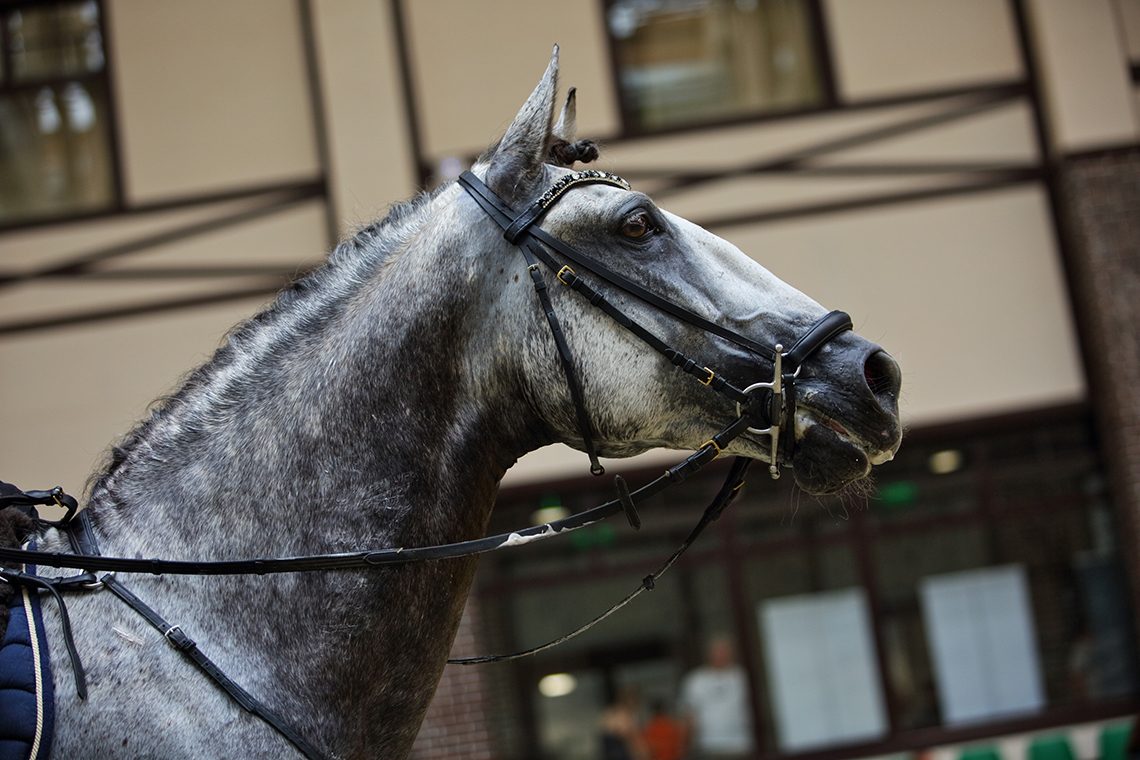-
The Portuguese School of Equestrian Art: Classical Foundations for Modern Riding
As one of the four great classical riding academies in the world, the Portuguese School of Equestrian Art aims to preserve and pass on the classical riding principles of the 18th century, that were refined and practiced in Portugal’s royal court. These principles, developed across European courts during the baroque era, have laid much of the foundations of riding today. And, while the School focuses on preserving and performing 18th century court riding, many of its riders have also gone…
-
The Library of Equestrian Art: A Unique Classical Compendium
Just west of Lisbon, inside the Palace of Queluz, lies a hidden gem for riders dedicated to the art of equitation. Amongst the ornate baroque rooms and expansive French gardens of the Queluz Palace, lies an unexpected surprise: The Library of Equestrian Art. Unique in the world, this library is dedicated solely to equestrian books and art, and holds about 2,000 books and pieces of artwork created over the past 500 years. Best of all, it is completely open to…
-
Why Aren’t Riding Stallions More Common in North America?
Learning to ride in the Pacific Northwest of Canada, there were very few stallions around. I remember meeting maybe four stallions in all the riding schools I ever visited, all of which were privately owned. Even today, stallions are quite uncommon in the average riding stable, and can sometimes be seen as unwelcome or complicated additions. Across North America, stallions appear far less popular among amateur riders when compared to places in Europe, such as in Spain and Portugal. Why?…


